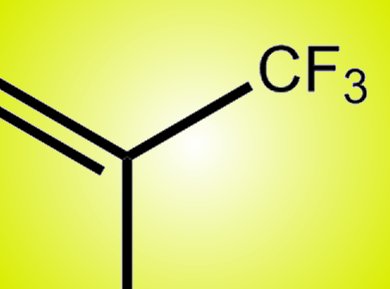Trifluoromethylation often makes a compound more stable and, for a drug, the additional CF3 group helps it remain in the body longer. Standard procedures for trifluoromethylation involve gases and associated hardware, high heat, metal catalysts, and oxidants — a complicated and time consuming set up.
Phil Baran and colleagues, Scripps Research Institute, California, USA, have developed a simple, safe, and room-temperature procedure for trifluoromethylation of heteroaromatic systems. Sodium trifluoromethanesulfinate is used as a trifluoromethyl radical source. The reaction can be performed on a variety of electron deficient and rich heteroaromatic systems. It also demonstrates high functional group tolerance and is site selective.
The technique was demonstrated with test compounds including the natural malaria drug quinine and the synthetic anti-smoking drug varenicline (Chantix).
- Innate C-H trifluoromethylation of heterocycles
Y. Ji, T. Brueckl, R. D. Baxter, Y. Fujiwara, I. B. Seiple, S. Su, D. G. Blackmond, P. S. Baran,
Proc. Natl. Acad. Sci. 2011.
DOI: 10.1073/pnas.1109059108




